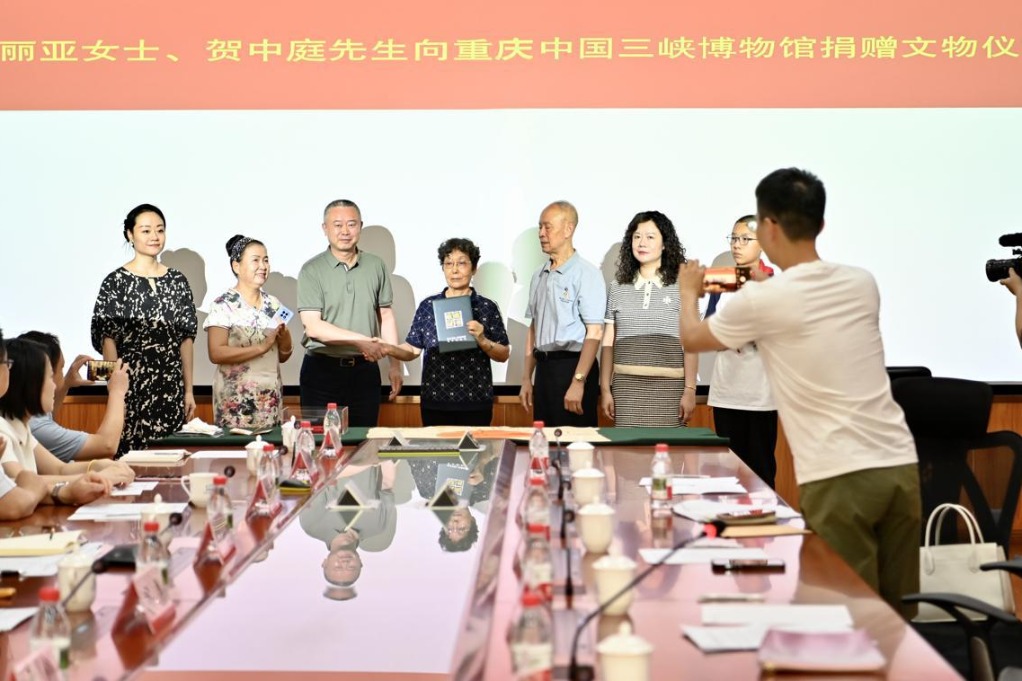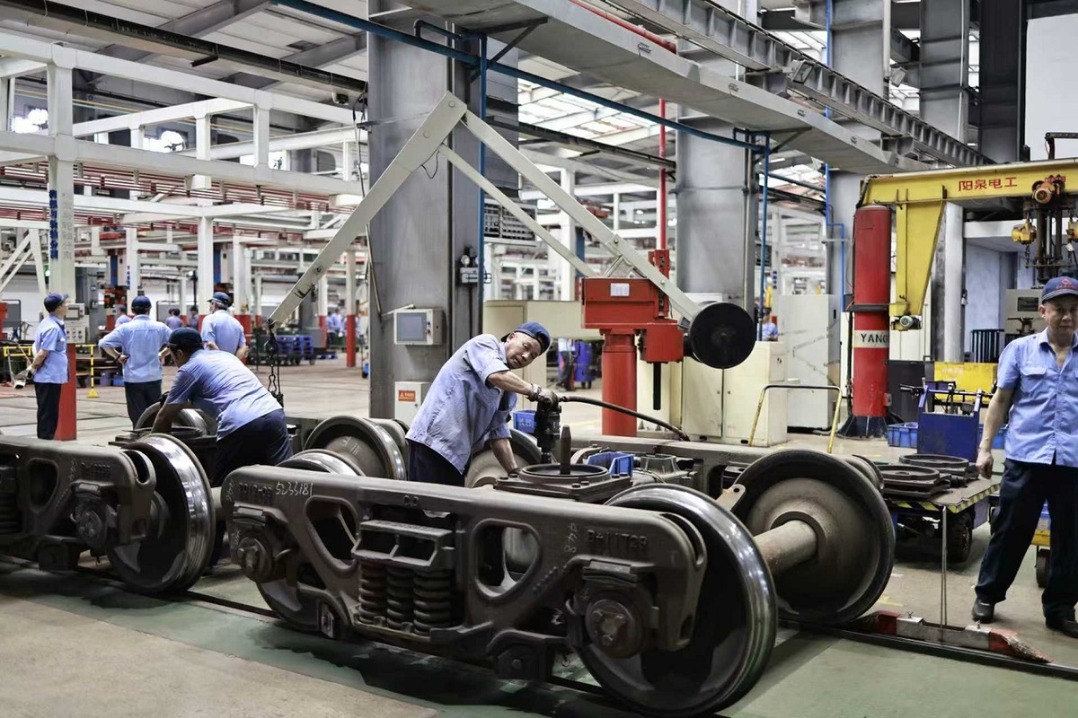Broadening horizon on Alzheimer's treatments


HANGZHOU — "I feel as if I'm losing all my leaves. The branches and the wind and the rain. I don't know what's happening anymore. Do you know what's happening?"
In the 2020 movie The Father, Anthony Hopkins' portrayal of an aging man with dementia gives audiences a close-up view of an Alzheimer's patient and a caregiver.
After eight years of study, researchers from Westlake University and Tsinghua University have found a new molecular mechanism for the activation of an Alzheimer's risk gene, providing hope for developing a wonder drug to treat the disease.
Alzheimer's is the most common cause of dementia. So far, no drugs or treatments can cure Alzheimer's or reverse the process. In China, statistics show about 10 million people aged 60 and above have Alzheimer's, accounting for one-fourth of the patients worldwide.
There has been a change in Alzheimer's studies from a decade ago. The experimental drugs that targeted brain plaques thought to cause the disease did not help patients avoid memory loss and other cognitive issues, so pharmaceutical companies suspended clinical trials and lost billions along the way.
Some scientists started to look for answers from genes.
A gene named APOE is a significant genetic risk factor for Alzheimer's. It has three common forms. APOE2 reduces the risk of Alzheimer's. APOE3, the most common form, doesn't affect the risk of the disease. APOE4 is associated with getting Alzheimer's at an earlier age.
Every person has two copies of each gene, one inherited from each parent. Scientists have found that people with one copy of APOE4 have a threefold risk of getting Alzheimer's, and those carrying two copies have eight to 12 times higher risk.
Meanwhile, the proliferation and activation of microglia in the brain is a prominent feature of Alzheimer's. Microglia is a type of cell that supports neurons, such as scavenging the central neural system for damaged or unnecessary neurons. Scientists have found that microglia can gobble up synapses, a structure that permits the transmission of neural signals.
The Chinese researchers started from a challenging idea that a protein may bind with APOE4 like a switch to activate microglia, which may eventually cause Alzheimer's.
"It (the hypothesis) sounded like a flight of fancy back in 2014," said Zhou Jiayao, a postdoctoral student from Westlake University and the first author of the research paper. He said the university and his team have encouraged and supported him in exploring original studies.
Zhou and his team cast light on a protein family called LilrB. Their study showed that the variant LilrB3 could bind with the risky APOE4 and almost never had a reaction with APOE2.
Then, the researchers found that the binding of APOE4 and LilrB3 activated the microglia, while APOE4 alone could not.
Furthermore, they analyzed the intricate 3D structure of the APOE4-LilrB3 combination using cryo-EM, laying the groundwork for drug design in future studies.
Cryo-EM, short for cryogenic electron microscopy, has become a game-changing technology in many research areas in recent years. It uses extremely cold temperatures and electron beams to illuminate and reveal the detailed architecture of viruses and proteins at near-atom resolutions. Such structures are helpful in uncovering how viruses orchestrate attacks against human cells, how disease occurs and how drugs interact with proteins.
The study was published earlier this month in the journal Cell Research.
Looking back to the past eight years, Zhou said the most difficult part for him had been the perseverance and courage to stay focused on the research. He did not quit even when he could not graduate due to making no achievements in the fifth year of his PhD program.
The APOE gene and LilrB protein are also related to some cancers. Zhou said his team will continue their research, looking for effective treatments for Alzheimer's and cancers.
Xinhua
- Nursery rooms help fathers take part in parenting duties with more ease
- Typhoon Kajiki brings heavy rain in Hainan
- Spokeswoman: Separatism doomed to fail
- Asia's longest tyrannosaur femur fossil identified in East China
- Railway group expresses condolences and vows probe after accident kills 12
- Media center for victory anniversary events to open on Aug 27






































